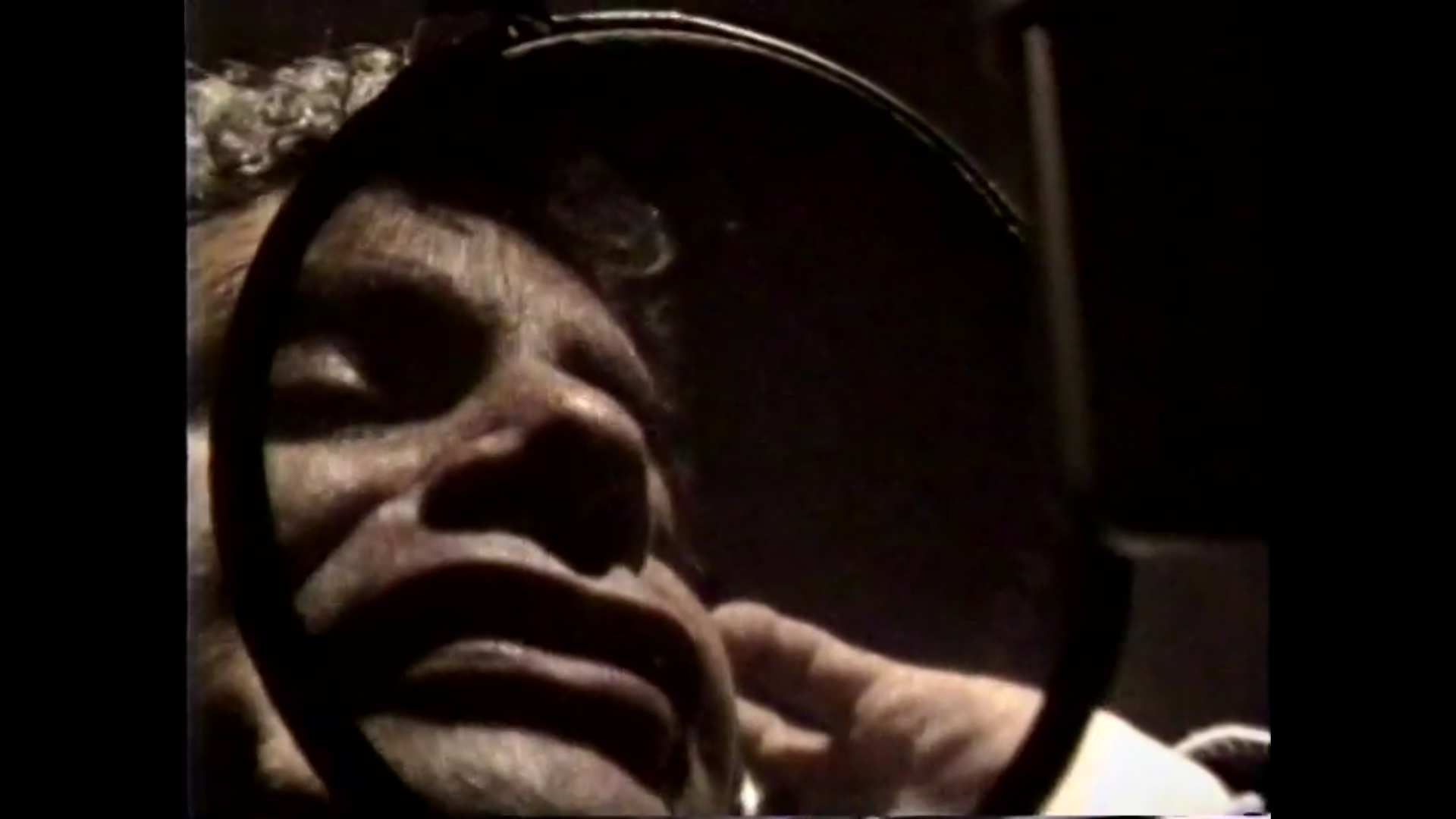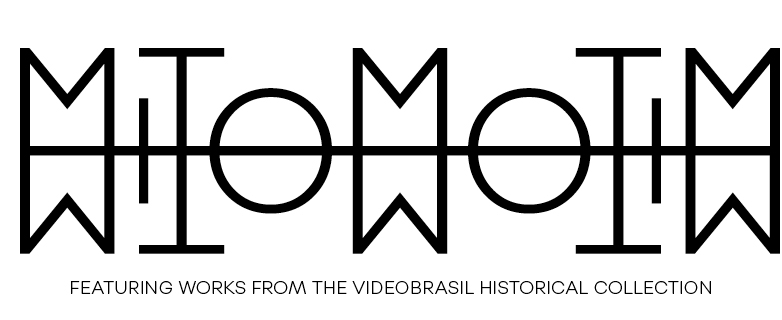In the late 1980s, the expectations of a generation were frustrated when the “slow, gradual and safe” process of political distension announced at the end of the military regime in Brazil was not accompanied by the break of TV and radio monopolies. On channel 8 of Rio de Janeiro television, the pirate station 3 Antena clandestinely broadcast shows with sequences captured from regular terrestrial television programming and anarchically edited material from the audiovisual industry, mocking the country’s image conveyed by legal broadcasters. Using a powerful transmitter, it successfully interrupted shows by large networks.
Videobrasil Historical Collection | 8th Fotoptica International Video Festival jury award
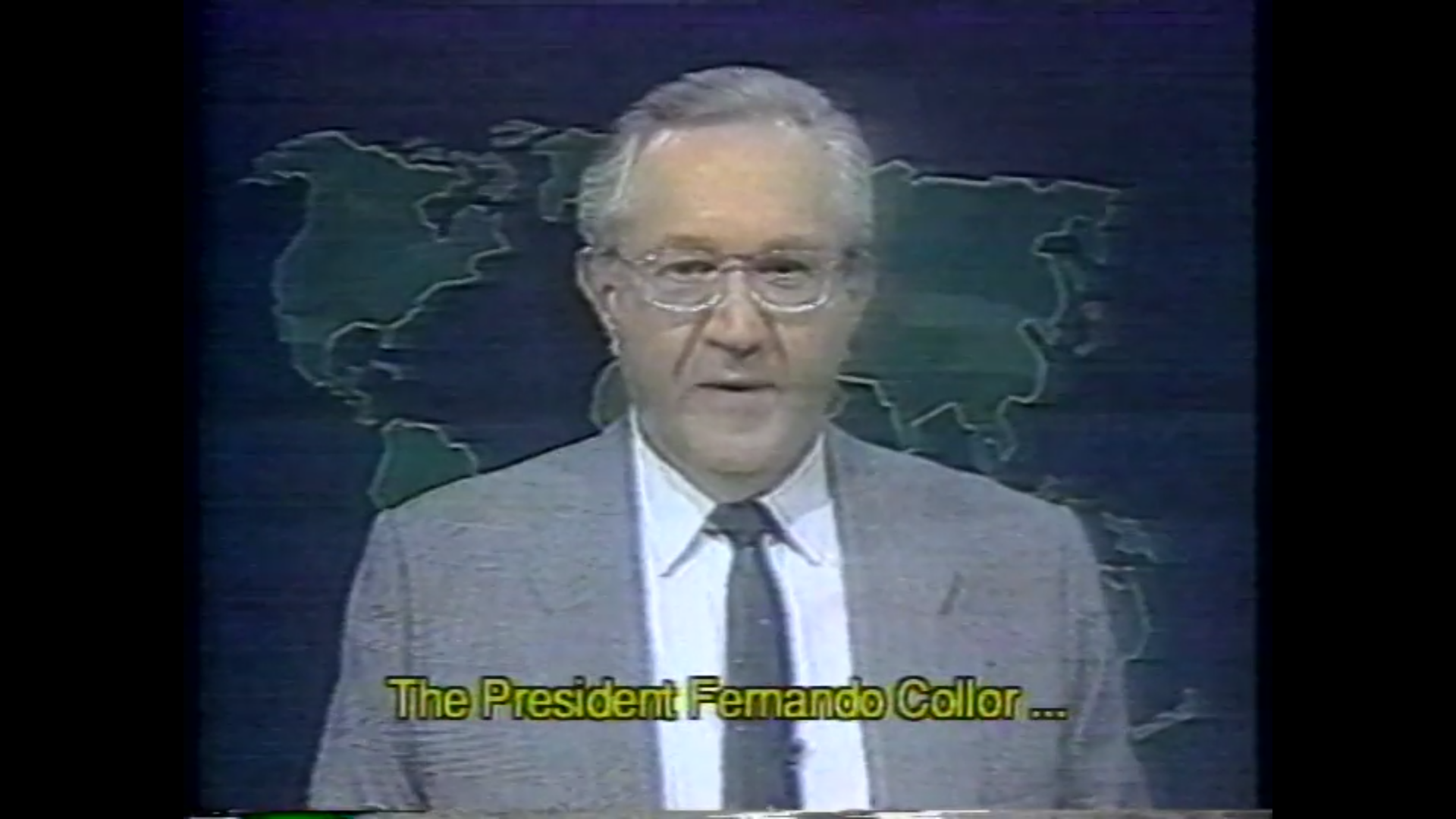
An independent production narrated by a fictional urban guerrilla who uses art as a weapon, The Revolution Won’t Be Televised blended journalistic and artistic elements to comment on the urban space and its political and social relationships. The eight episodes of the project feature visual experiments by around 50 artists, shown on cable TV over three months. The main production team comprised André Montenegro, Daniel Lima, Daniela Labra and Fernando Coster and used the language of television to question the hegemonic ideology and operation of mass media.
Videobrasil Historical Collection (ep. 1) and courtesy of Daniel Lima (ep. 6 and 7)
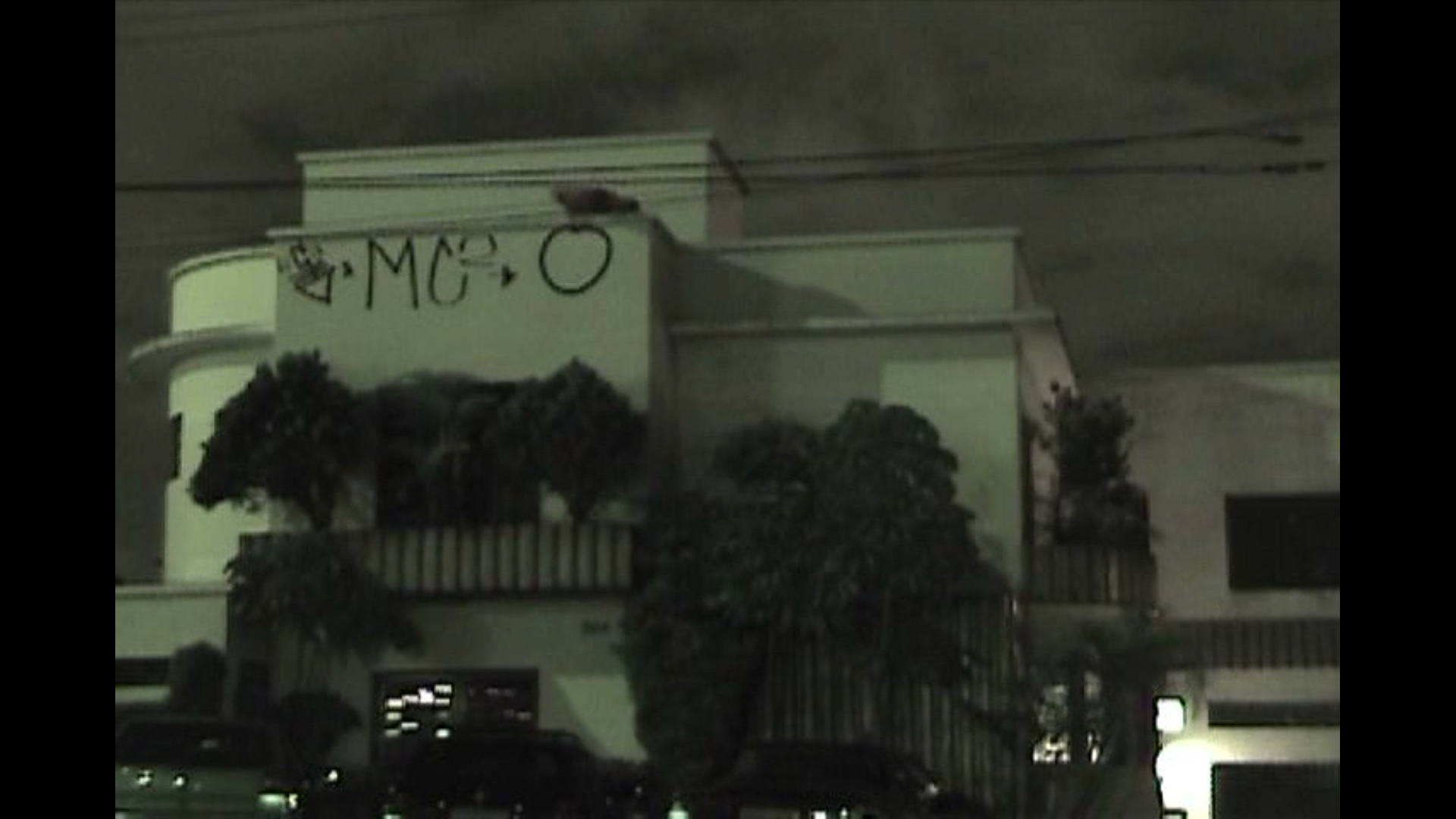
Frente 3 de Fevereiro is a transdisciplinary group of research and direct action that denounces and discusses racism in Brazilian society, drawing on the historical struggle and resistance of Afro-Brazilian culture. In Police Racism – Who Polices the Police? the group questions the notion of “suspicious attitude,” a common justification behind the intimidation and death of citizens in the outskirts of São Paulo by military police officers. The work was produced for the exhibition Zona de Ação (Action Zone) (Sesc Paulista, 2004), which brought together an important generation of collectives that emerged in the early 2000s, such as BijaRi, Cobaia, Contrafilé and GAAC, whose work was strongly political.
Videobrasil Historical Collection
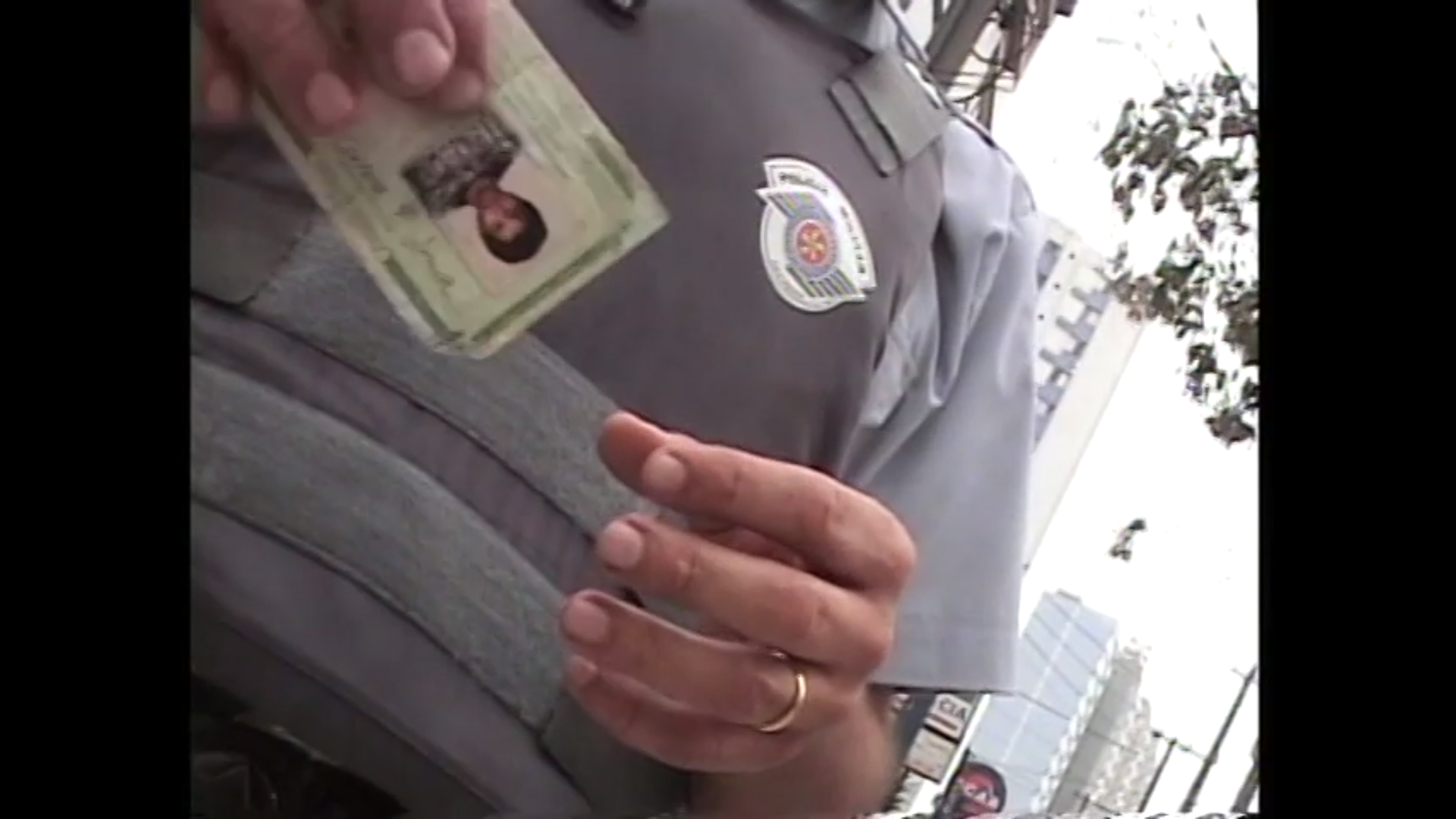
Bound like dynamite sticks, bread loaves were placed at various points around the Marapendi Lagoon, which at that time separated an urban, coastal area from a less densely occupied region of Rio de Janeiro. The works / situations / events developed by Barrio since the 1960s relate to the city, addressing social and political issues beyond its psychic load. They are triggering objects and events that reveal a radical and contesting dimension of reality. His production challenges art categories and transforms the conditions of art production, circulation and consumption. His raw materials are organic and residual.
Courtesy of the artist
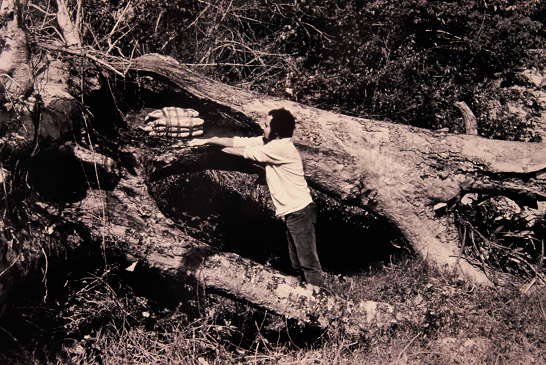
A marching band parade is ironically staged by a small troop, as a historical-political allegory, over a route leading to unused flagpoles in public spaces in Porto Alegre. The action was shot with a Super-8 camera that visually defies the notions of present and past, questioning the notion of “now.” Cristiano Lenhardt’s work contrasts the limits of reality with other possibilities of existence, interrelating text, visual and sound elements through videos, writings, drawings, engravings, objects and installations.
Videobrasil Historical Collection
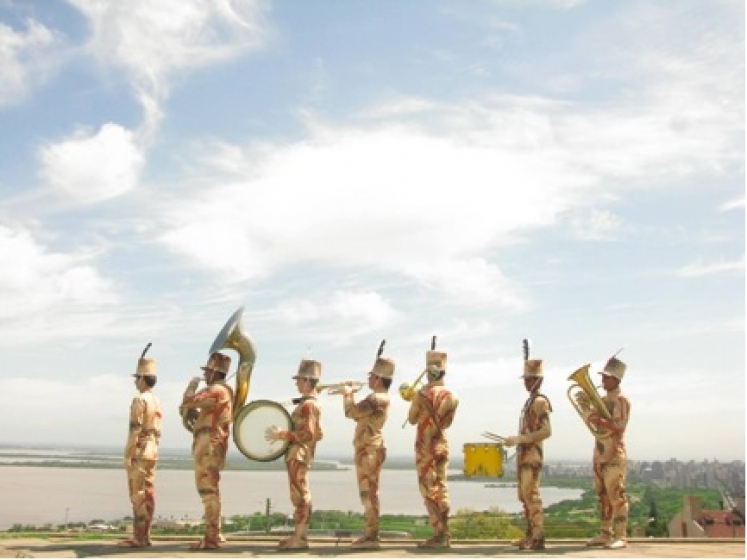
Following the escalation of state censorship in 1968, José Celso Martinez Corrêa resorts to videotaping the plays staged at Teatro Oficina as a means to evade political persecution. The use of a portable video camera in the early 1980s has the same militant purpose of opposing attempts to silence and intimidate the group. Abra a jaula [Open the cage] is part of this strategy, recording the resistance to censorship during the period of “political détente,” when Oficina is trying to release the movie O Rei da Vela (The Candle King, 1982), a recording of Oswald de Andrade’s play staged by the group for the first time in 1967.
Videobrasil Historical Collection
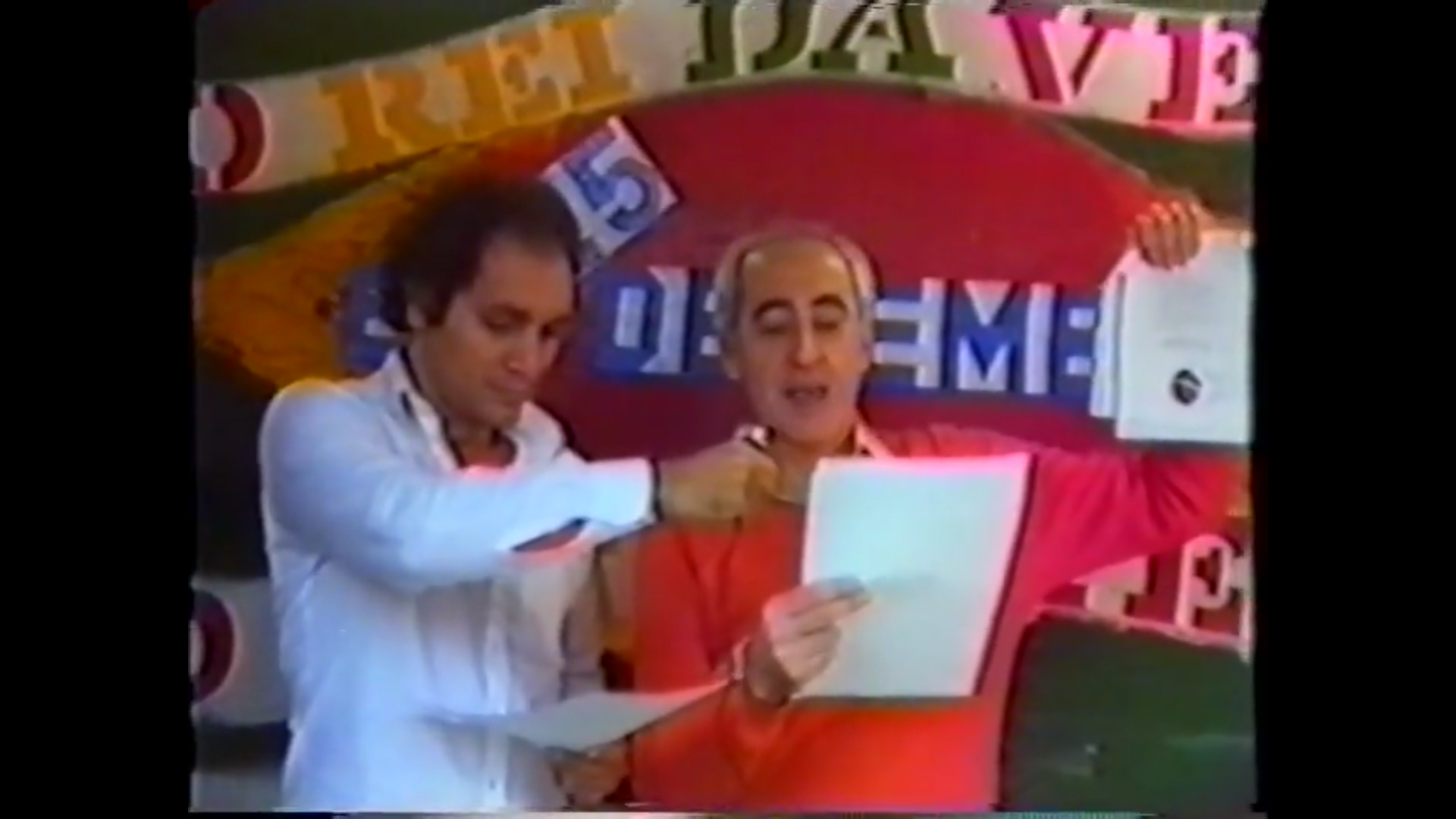
The performances of the all-female Afro-Brazilian percussion group Ilú Obá De Min transform public spaces in São Paulo, engaging a normally excluded population. The one-shot video records moments of one of those transformations, featuring people living under a viaduct that, despite their precarious situation, incorporate strength and otherness. To the sound of drums, their bodies create a place of celebration and dignity. Kunsch’s work is frequently cooperative and ranges from video and performance to educational curatorship, always seeking to expand the so-called “art audience.”
Videobrasil Historical Collection | 20th Contemporary Art Festival Sesc_Videobrasil Residency Award
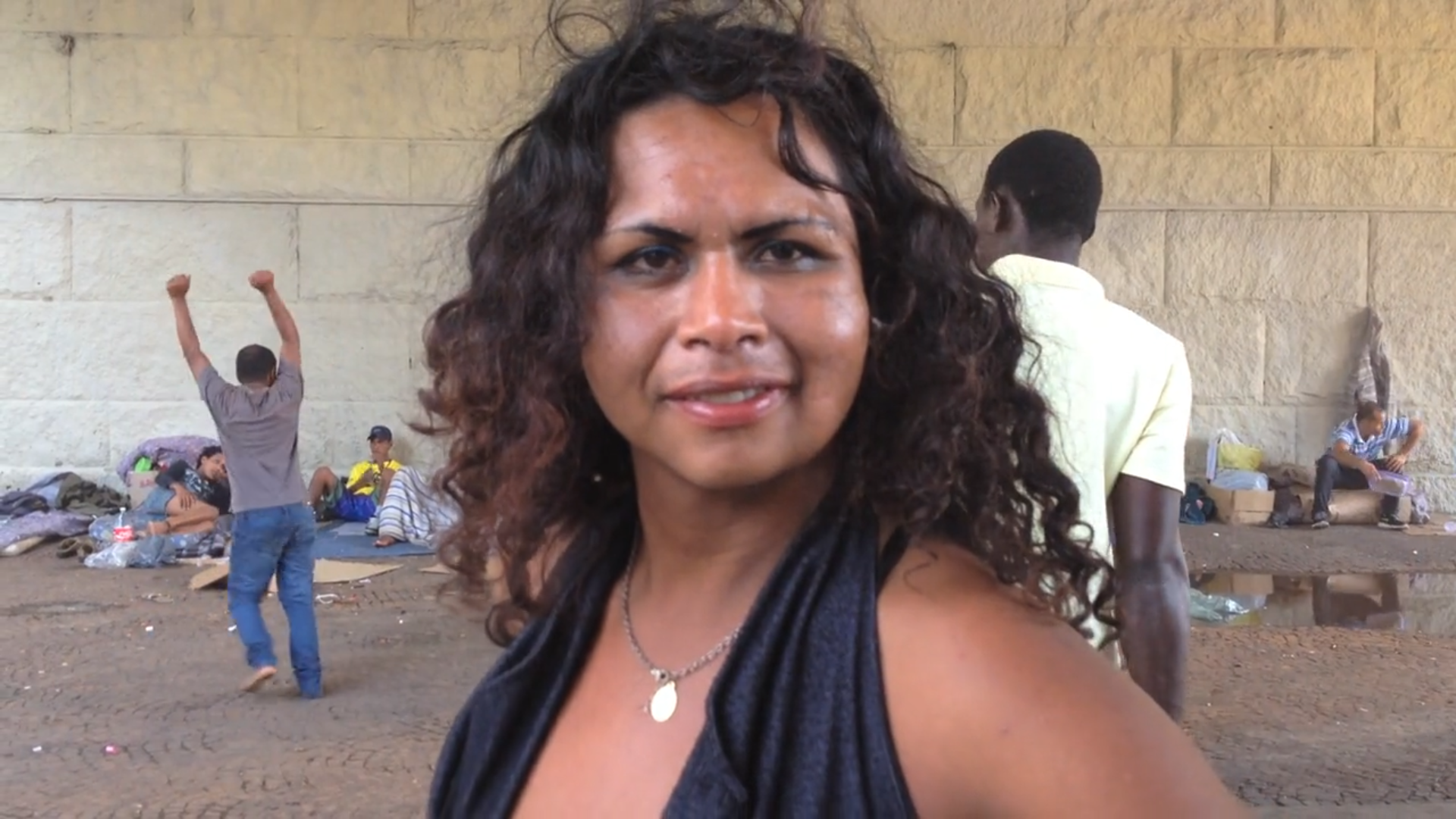
The aesthetic and political appropriation of science fiction, the existence of bodies in transformation, the character of landscape and the temporality of images are among the themes addressed by Luiz Roque’s work. In Descriptive Geometry, the notion of threshold is approached through an idyllic landscape that wavers between the real and the imaginary, creating a daylight cosmology where beauty and violence coexist. Staging a rupture and a recomposition, the work discusses the idea of a comprehensive return, placing itself outside the past and future by suggesting a present in everlasting suspension. Roque works with film, video and photography.
Videobrasil Historical Collection
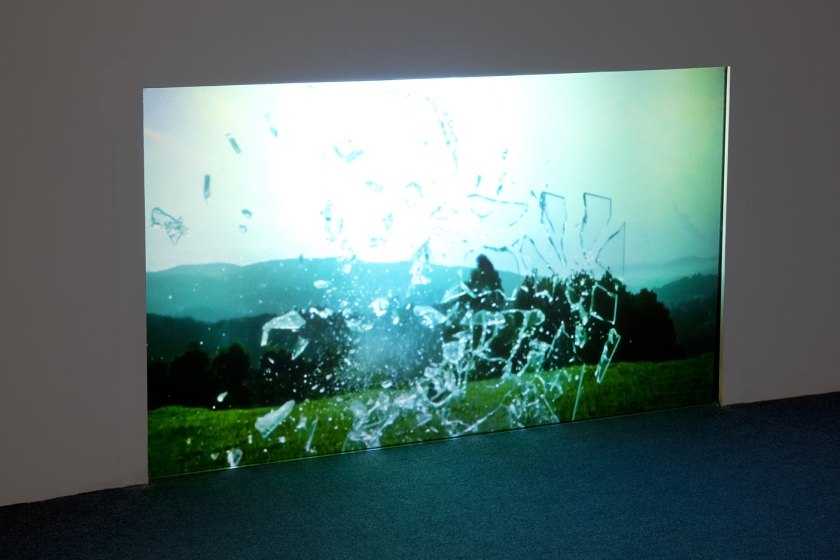
The work compiles 48 mottoes and slogans by Brazilian governments, historically arranged. A coat of white paint is applied to each one, marking their past time while stressing the superseding political projects. From the 1822 cry of “Independence or Death” to contemporary slogans, what stands out is the repetitive occurrence of the motto “Order and Progress” inscribed in the Brazilian flag, adapted from the positivist concept “Love as a principle and order as the basis; progress as the goal.” If in 1889 the suppression of love already sounded anachronistic, the recurrence of this motto in 2017 denotes the obsolescence of the national project it represents.
Courtesy of the artist and Galeria Vermelho
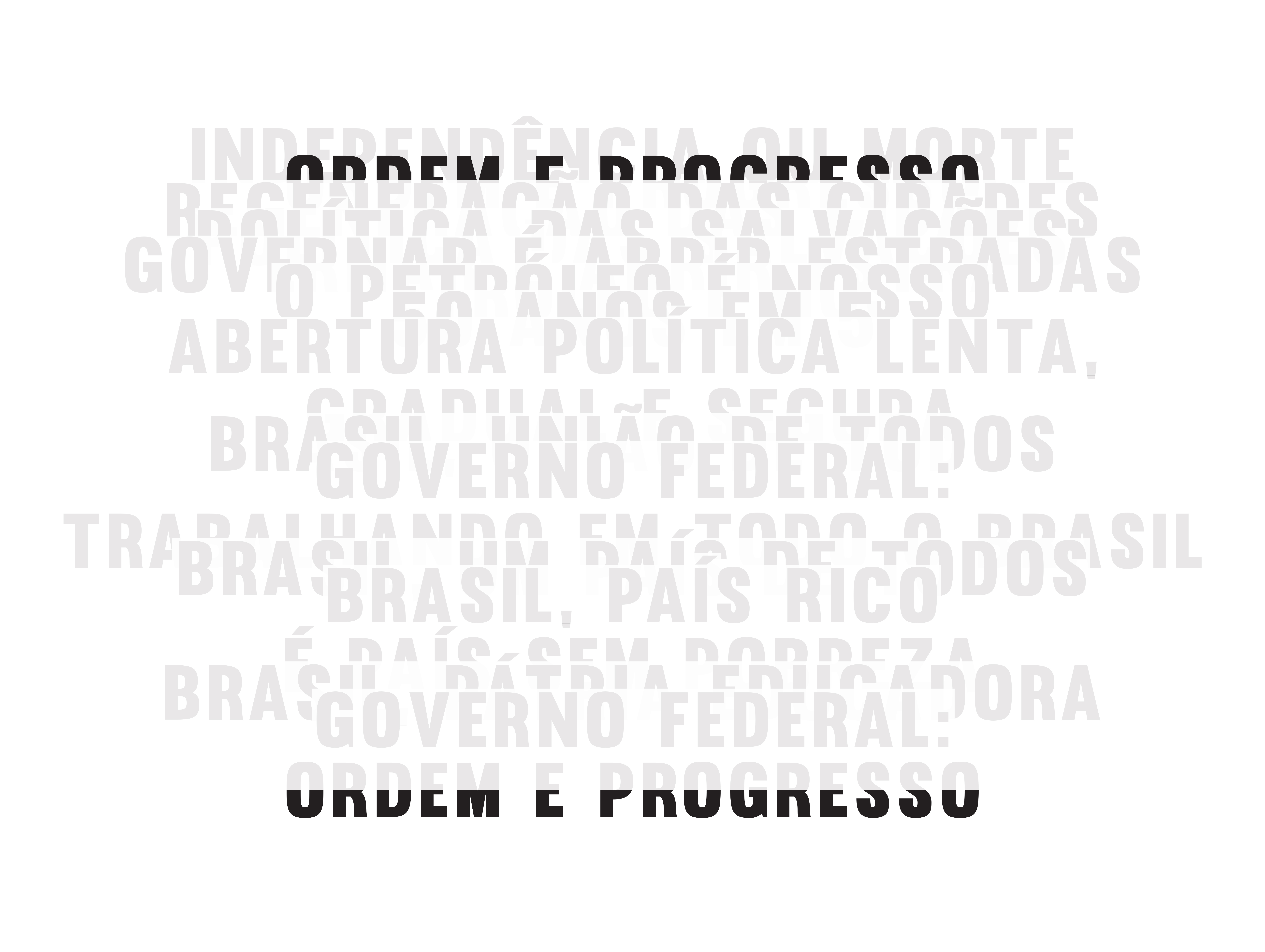
2018, embroidery, collage and sewn cloth, 155 x 185 cm each
from the Prophecies series
2018, installation, hanging cloth letters and foam, dimensions variableRandolpho Lamonier
As plans for revenge or prediction, Randolpho Lamonier produced for this exhibition a set of textile works that announces pressing concerns and issues of our times: the housing deficit, violence against indigenous people and their land, LGBTphobia, labor exploitation. Using cloth patches vigorously sewn together and embroidered, Lamonier shuns industrial manufacturing to reveal the poetic strength of subjects imbricated in these systems of oppression. His work addresses the relation between center and margin from the viewpoint of the formation of subjectivities stemming from the worn-out urban and industrial space.
Courtesy of the artist
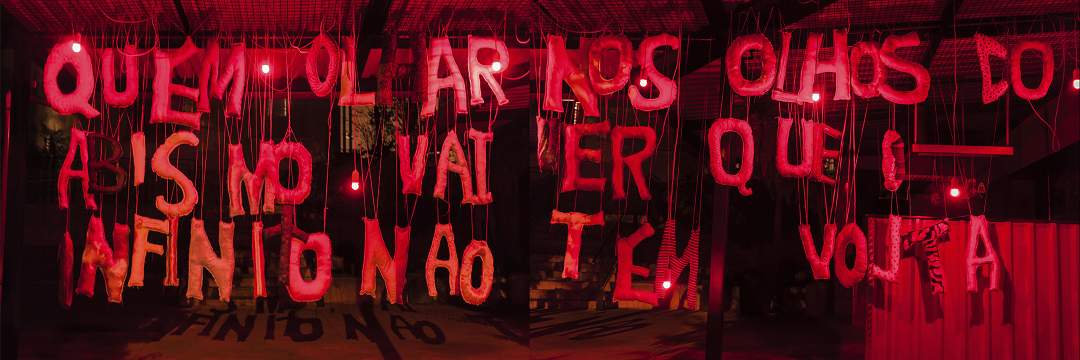
Made up of fences, boarding and poles present in urban space as delimiters of circulation and access, [At a Certain Distance (Public Barriers, Istanbul)] evokes the divides between public and private. The constituent elements of the work – some of them collected in the urban space – highlight the spontaneity of this type of construction, sometimes also precarious. As screens and barriers they represent practical and symbolic impediments. Its first version for the Istanbul Biennial incorporated objects found around the city, enhancing the work’s political strength. In this exhibition the work is updated in its ability to challenge forms of restriction.
Courtesy of the artist; Galeria Fortes D’Aloia & Gabriel, São Paulo; Tanya Bonakdar Gallery, New York; and Stephen Friedman, Gallery, London
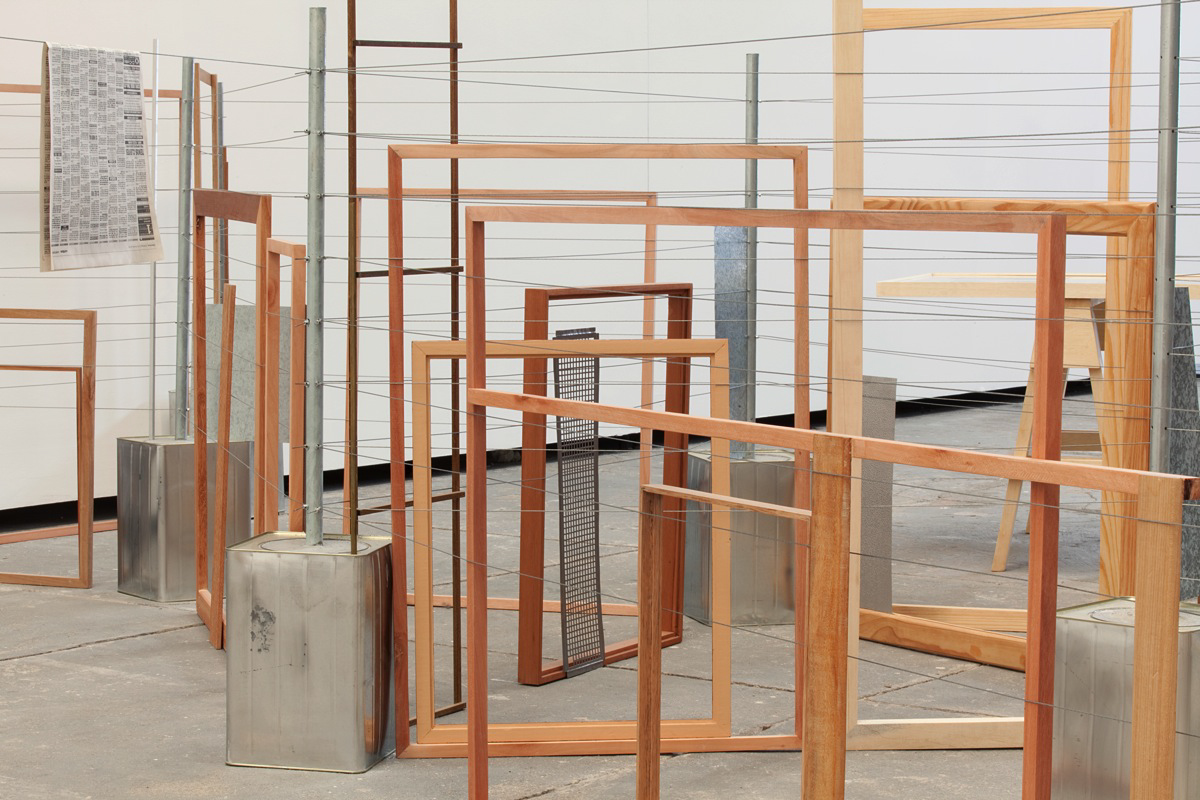
Vera Cruz is an “impossible documentary” in the words of Rosângela Rennó, which chronicles the arrival of the Portuguese in Brazil. Commissioned for an exhibition of works based on the letter written by Pero Vaz de Caminha, the video consists of excerpts from that document and imagined nautical dialogues, wavering between documentary and fiction. It is up to spectators to fill in the gaps with their own version of the event. Vera Cruz is the first video produced by the artist, whose work is acknowledged for addressing questions related to the nature of the image, its symbolic value and its process of depersonalization.
Videobrasil Historical Collection | 13th Videobrasil International Electronic Art Festival award
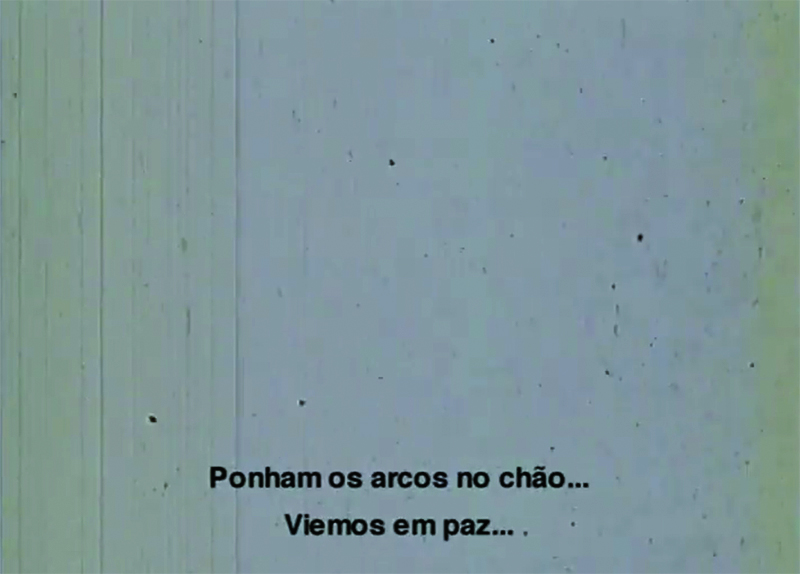
Discussing the clichés that associate Brazil with sex, corruption, soccer, poverty, carnival, monkeys and bananas, What Do You Think People Think Brazil Is? investigates and satirizes the images and discourses about Brazil spread by mass media and their influence among Brazilians and foreigners. The work features remarkable traits of Sandra Kogut’s production at the time, such as experimentation with available digital resources, the stress on image edges and the creation of meanings beyond the language spoken by the audience. Kogut works with television, film and visual arts
Videobrasil Historical Collection | 8th Fotoptica International Video Festival Best Videoart Award
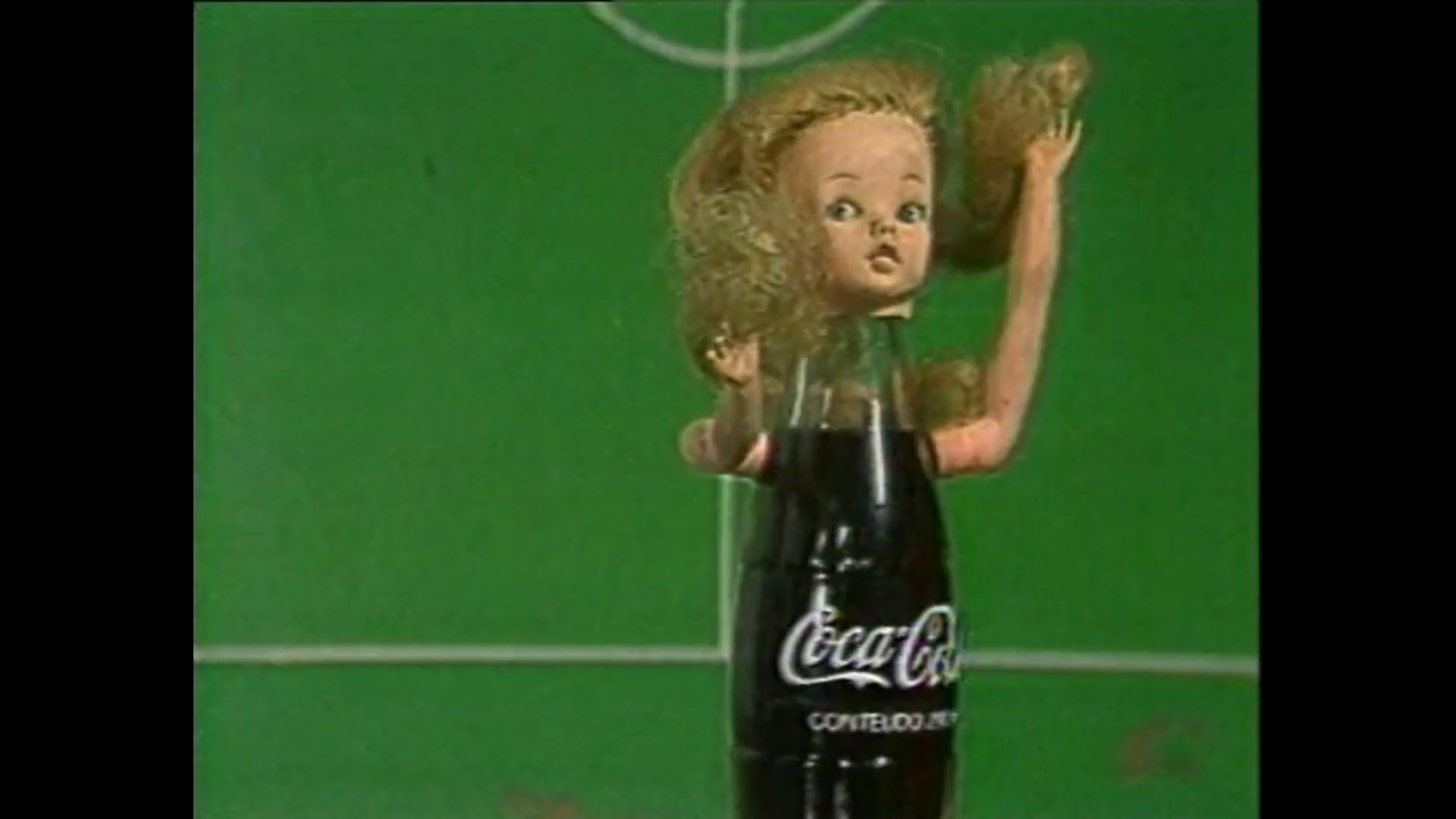
Everyday objects are diverted from their functionality and emerge in Sara Ramo's work as if endowed with exceptional qualities. More than self-referential appearances, they underscore the inconveniences and mismatches of the places where they are located, whether physical, fictional or psychic spaces. With The Thing Itself the artist resumes a series begun in 2011 in which plastic bags and packages pile up and irrupt in artistic institutions and art fairs. By serving both as refuse and symbol of a culture of consumption, accumulation and waste, they question economic models and the impact of their policies on subjectivity.
Courtesy of the artist and Galeria Fortes D’Aloia & Gabriel
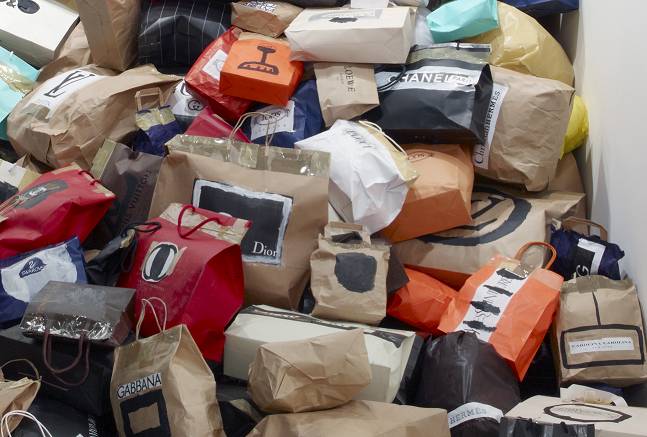
2016/2018, digital printing on adhesive vinyl, polystyrene boards and wooden trestle, dimensions variable
2015-2016, digital printing on offset paper , 40 x 60 cm each
2015/2016, Methacrylate, street photography, 40 x 60 cm each
2016, printing on gabardine and foam, 30 x 40 cm each Traplev
Traplev has produced a series of projects that seek to record Brazilian historical moments based on journalistic material and news shared in social networking sites. Through narratives forged in semantic disputes, the artist discusses the consequences of political events such as the legal process leading to the impeachment of President Dilma Rousseff in 2016. With graphic interference and the displacement of images gathered in the virtual space to other materialities, he underscores the strategies employed by the mainstream media and its replicators, attempting to develop an alternative linguistic and aesthetic narrative of political events.
Courtesy of the artist and Sé Galeria
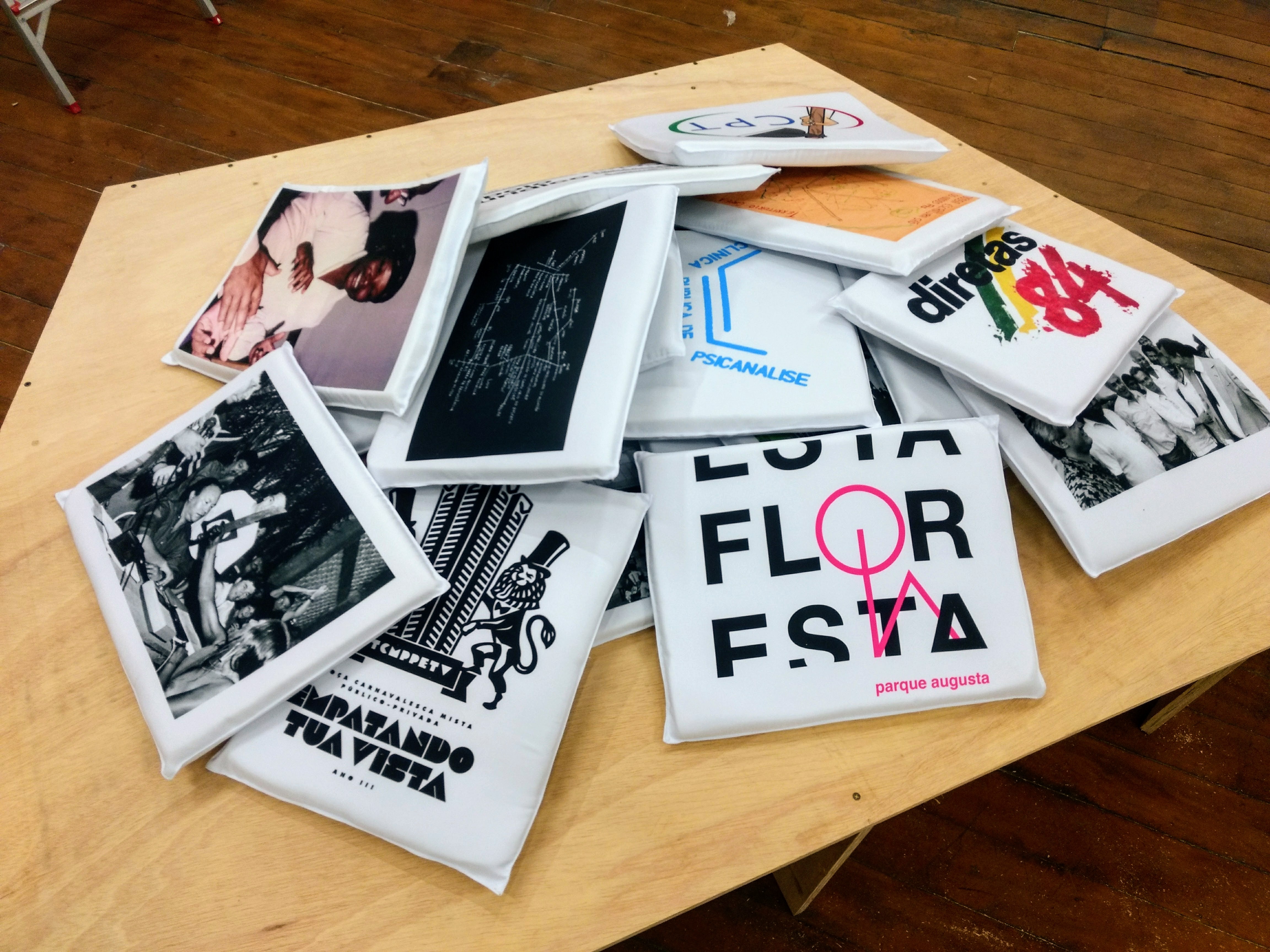
A radical proposal of community television, TV Viva used to broadcast its programming itinerantly through neighborhoods in the outskirts of the metropolitan area of Recife. The team was composed of Adalberto Porpeta, Cláudio Barroso, Claudio Ferrario, Eduardo Homem and Didier Bertrand, among others with a background in alternative and local media who shot short films on Super-8 and 16 mm. In videos like Our Brother the Donkey they addressed head-on the daily reality and repertoire of the inhabitants of the regions where the shows were created and broadcast, discussing with them the idea of representation.
Videobrasil Historical Collection
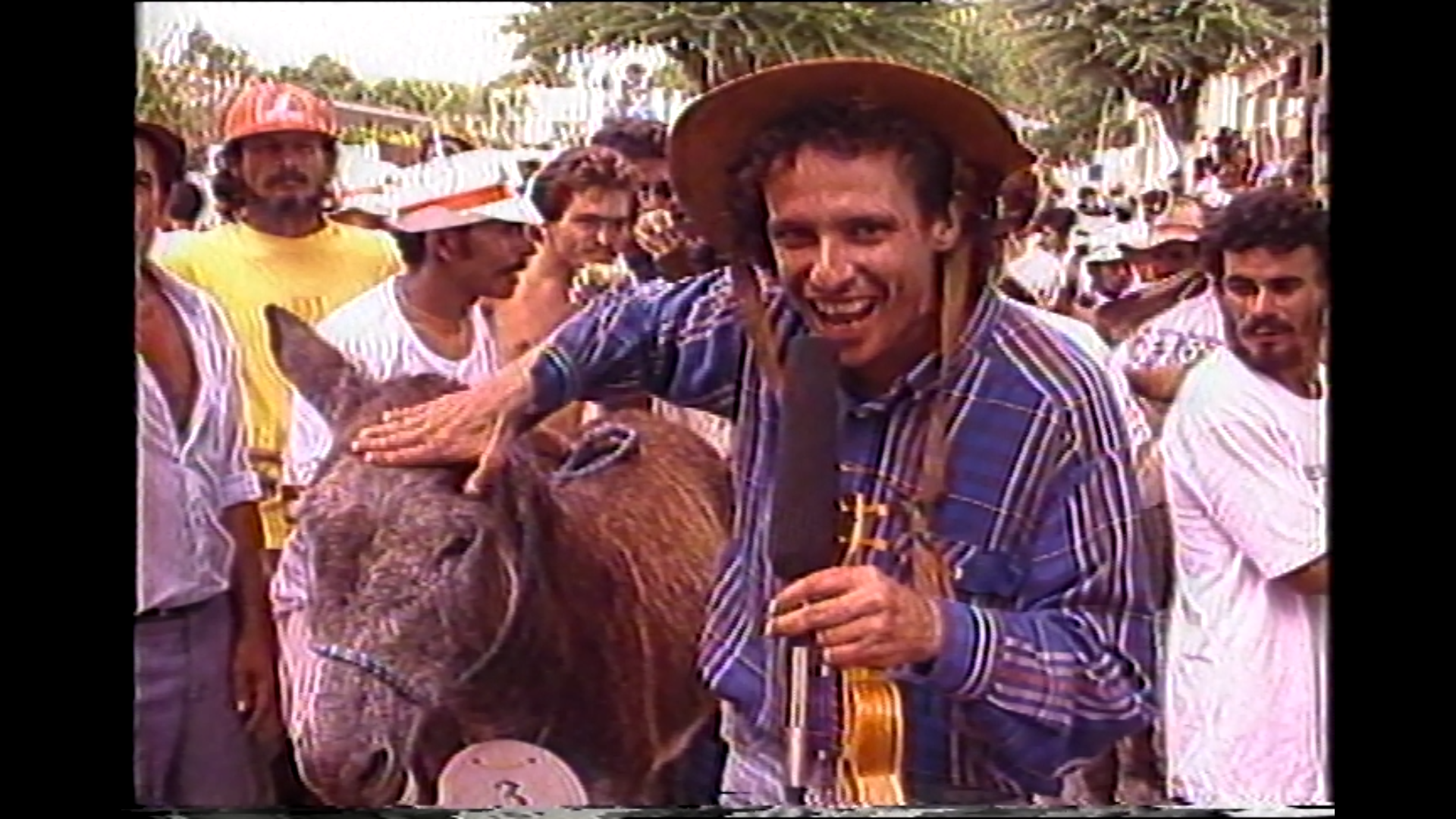
Published in the book Algaravias: Echo Chamber (1996), the poem features a speaker that refuses the viewpoint of a fixed identity, affirming the decentering inherent in the relationship between subject and world. It is otherness that constitutes the identity. The multi-artist Waly Salomão emerged in the cultural scene during the creative explosion of the 1960s as poet, writer, lyricist, music producer and artistic director. He worked with Jards Macalé, Caetano Veloso and Gilberto Gil, among others. Depicted here through the lenses of Carlos Nader, he is provocative, restless and free from all ties.
Videobrasil Historical Collection
